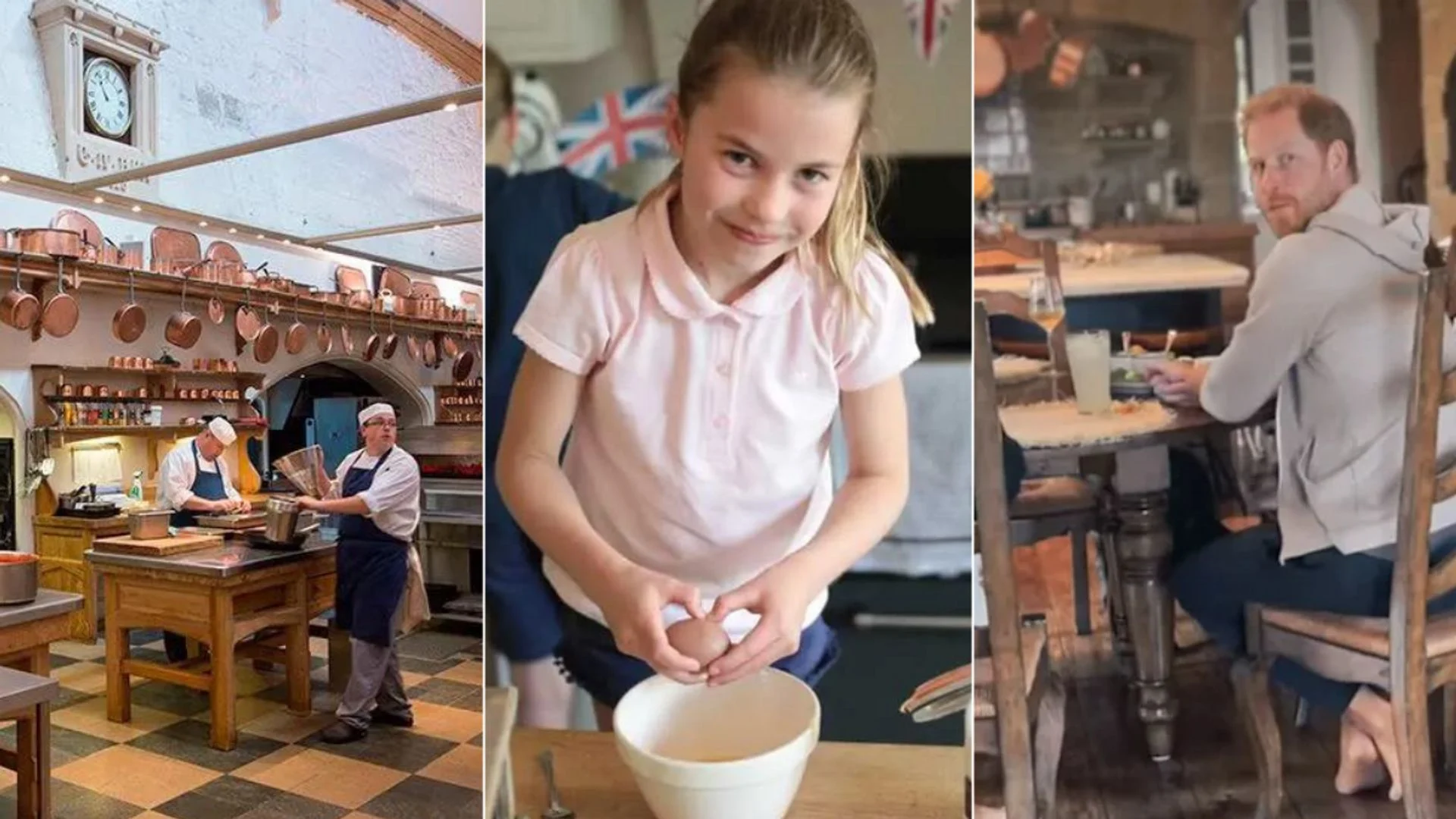nightglow.info – The palace kitchen, a bustling hub of culinary creativity and precision, has been the heart of royal hospitality for centuries. These kitchens, often sprawling in size and rich in history, are where the finest ingredients are transformed into exquisite dishes that grace the tables of royalty and their esteemed guests. From the grandeur of Versailles to the elegance of Buckingham Palace, the palace kitchen stands as a testament to the art of royal entertaining.
A Glimpse into the Past
Historically, palace kitchens were vast, multi-roomed spaces equipped to handle the demands of feeding hundreds of people. The kitchens of the Tudor era, for example, were complex operations with separate areas for baking, brewing, and butchery. The cooks, under the command of the Lord Steward, worked tirelessly to prepare sumptuous feasts that reflected the wealth and power of the monarchy.
The French royal kitchens, particularly those at the Palace of Versailles, were equally impressive. They were designed to cater to the opulent lifestyle of the Sun King, Louis XIV, and his court. The kitchens were a marvel of efficiency, with an intricate system of preparation areas, ovens, and spits, all overseen by a hierarchy of chefs and assistants.
The Art of Royal Cuisine
The cuisine prepared in palace kitchens is a blend of tradition and innovation. Chefs are tasked with creating dishes that not only delight the palate but also reflect the cultural heritage and status of the royal family. The menus are often a showcase of the finest seasonal ingredients, prepared with meticulous attention to detail.
One of the most iconic royal dishes is the Baked Alaska, which is said to have been created in 1867 to celebrate the United States’ purchase of Alaska from Russia. This dessert, with its frozen interior and flaming meringue exterior, symbolizes the cold climate of Alaska and the warmth of the United States. It has since become a staple in royal kitchens around the world.
The Role of the Royal Chef
The royal chef is a culinary artist whose skill and creativity are on display at every state banquet, garden party, and royal wedding. The role requires not only exceptional cooking skills but also the ability to manage a large team and adhere to the strict protocols of royal service.
The royal chef must also be adept at tailoring menus to the tastes and dietary requirements of the royal family and their guests. This often involves a delicate balance of tradition and modernity, ensuring that the dishes served are both authentic and innovative.
Modern Royal Kitchens
Today, royal kitchens continue to evolve with the times. While they still retain the grandeur and tradition of the past, they are now equipped with the latest culinary technology. This allows chefs to prepare dishes with even greater precision and efficiency.
The kitchens of Buckingham Palace, for example, have been modernized to meet the needs of contemporary royal entertaining. Yet, they still maintain the charm and history of their predecessors, serving as a bridge between the past and the present.
Conclusion
Palace kitchens are more than just culinary workspaces; they are the heart of royal hospitality. They are where tradition and innovation meet, where the finest ingredients are transformed into masterpieces of gastronomy, and where the art of royal entertaining is practiced with passion and precision. As long as there are royals to entertain, the palace kitchen will continue to be a place of creativity, excellence, and the warmth of hospitality.
